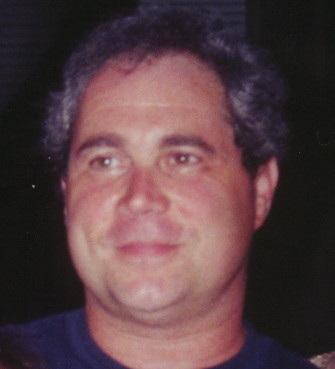    |
 |
|
Q: Many houses in the neighborhood have Alberta Spruce trees/bushes as part of their landscaping. This afternoon our across-the-street neighbor asked my husband and me to come take a look at one of his four bushes. It is in the middle of a row of four, and it looks dead from a distance. When we got close, some of the brown branches moved! Yuck. Turns out there's some sort of black grub-thing living inside a brown cocoon that blends in with the dead-looking parts of the shrub. When the grub-thing moves, it seems to take the cocoon with it. I kid you not -- this bush was CRAWLING with the critters. Some were even on the ground moving around, and attaching themselves to surrounding weeds, etc. Any advice you can give on what these things are, how to get rid of them and whether we need to be concerned for our own Alberta Spruces would be greatly appreciated. Thanks, Elizabeth
A: It sounds like you have bagworms. Bagworms feed on junipers, pines, spruces and even deciduous trees, and it sounds like they've found your Alberta spruces. Deciduous trees can reproduce lost foliage easily, but evergreens have a tougher time with a bagworm infestation, so this could be a problem for your spruce. Bagworms feed on the foliage and then attach bits and pieces to themselves (as such, they may be the originators of the "mobile home"). They are protected within, so at this point hand-pick them and throw them away. The eggs overwinter in the female's bag (she never leaves home), so removal of the bags definitely helps control them. Chemical controls should be applied earlier in the year, when they are just starting. Mid to late June would be the approximate timing for this. Be sure to check the label of the material you select to make sure it will work on bagworms, and follow the label rates for application. You may want to fertilize the plants this fall, too. Hopefully the heavily-damaged plant has enough stored energy to resprout in the spring, but only time will tell at this point.
Ask our Arborist a question. E-Mail us at: arbor@ClevelandSeniors.Com Top of Page Back to Alberta Spruce Trees |
 |
 |

